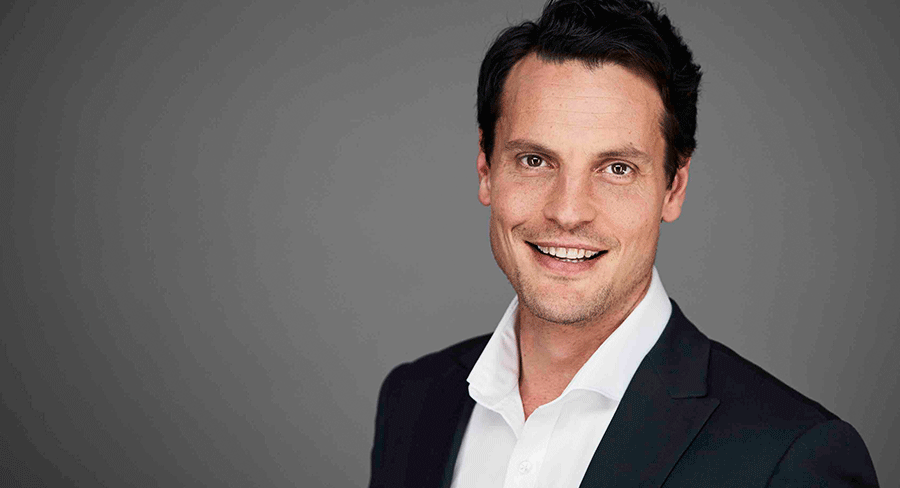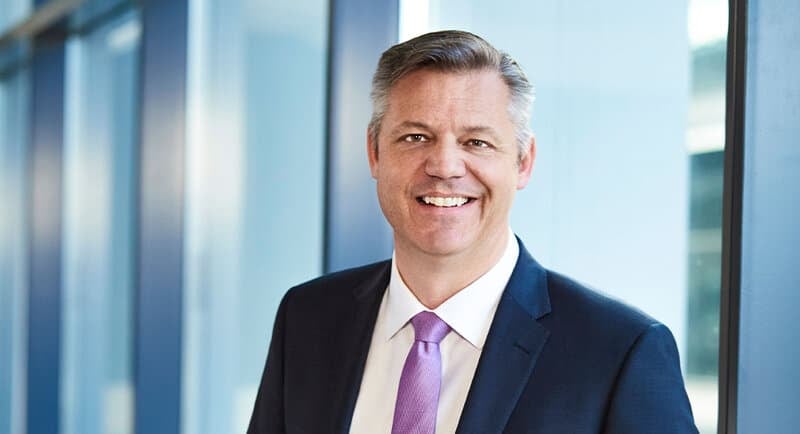Seven has shared its disappointment at statements made by Nine about its results in the survey year ratings report.
On Friday, Nine released its statement claiming itself as “Australia’s No.1 network”.
James Warburton, Seven West Media managing director and chief executive officer, said in a statement: “Seven is disappointed to read a number of false and misleading statements by Nine in its 2022 survey year ratings report.
“Seven is the #1 network nationally, #1 in metropolitan markets, #1 in regional markets, #1 in total TV and #1 in total TV advertising revenue.
“Nine can rightfully lay claim to winning the demographics in metropolitan markets, but it is not the most-watched or the #1 network. Those positions were won by Seven,” he said.
“While we all enjoy healthy competition in a hard-fought ratings race, Nine’s claims are desperate, misleading and wrong,” he added.
The claims made by Nine are truthful and explained in its media release and end of year report.
But it appears that Seven is taking aim at and contesting Nine’s opening claim that it is “Australia’s No.1 network”.
Seven has not had a smooth run with TV Ratings, not from a performance point of view, but rather having accurate measurements of their shows.
OzTAM has confirmed multiple corrections to their tv ratings this year that produced lower results for Seven that have added up to affecting almost a quarter of the tv ratings survey period.

Angus Ross
Warburton and Angus Ross, Seven’s director of network programming, agreed this was a disappointing result that had far-reaching ramifications across the business, in a recent interview with Mediaweek.
See also: “No matter how you cut it”: Seven’s Warburton and Ross talk TV ratings win
Warburton said: “It’s been obviously disappointing. It’s 94 days, it’s effectively a quarter of the survey year, and the last rectification came through on Monday. It’s caused a lot of anxiety at the network, Angus has looked stressed in parts.
“We always play what’s in front of us. We always work very, very hard on all of the metrics on every time slot. As an example, Sunrise, seven of those weeks looked tough in Sydney, and then we got them all back – we’ve got the year back and we’ve won every single market. Seven News looked really poor and the Commonwealth Games as well.”
Ross said: “We knew something was wrong and we were very adamant about that. When you’ve been looking at these numbers for a long time, as we all have, you recognise when something has gone very crook.
“We started digging into it and applied the pressure. It’s taken a long time. It’s taken years off people’s lives in some cases but we’ve got the rectification. But it’s been a problem, a big problem for the network. And as James said, rectified very late in the day.
“It impacts a lot of things. It impacts programming, it impacts sales, it impacts rate negotiations for next year. It is a big problem.”

Hamish Turner
Meanwhile, in a separate interview with Mediaweek, Nine’s Hamish Turner, director of 9Now & Programming, said: “We won everything, except for total people metro. We won everything else.
“Anything else that is being claimed is either not certified or is a mix-match of different data and stuff that can’t be used. For us, we’ve done this for 13 years, we have a very clear focus of our audience, that’s 25-54s.”
“The reason we chose 25-54s is that that’s the most commercially viable audience, the one that has the best revenue yield and results. From a linear perspective, we’ve won that this year.
“In fact, we’ve also won primary channel, survey calendar, any way you cut it. Our strategy is very much focused on delivering a 25-54 audience in total TV, across both terrestrial and on our BVOD platform 9Now.” he added.
See also: “Commercially Viable”: Why key demos are the aim of the game for Nine
The TV industry is known for having creative interpretations of the TV ratings data, which often leads to disputed results. One of these instances has been Channel Seven’s use of claiming demographic wins using national data, a practice that Turner points out some concerns for.
“They tried to jam two different data sources in RegTAM and OzTAM together. I even got a line that was ‘Seven is the most watched network in total people and 16-39s times in both the 2022 OzTAM ratings.’ OzTAM is only Metro, so it’s a real issue in terms of claiming 16-39s when you’re referencing OzTAM, because they definitely didn’t win that.”
